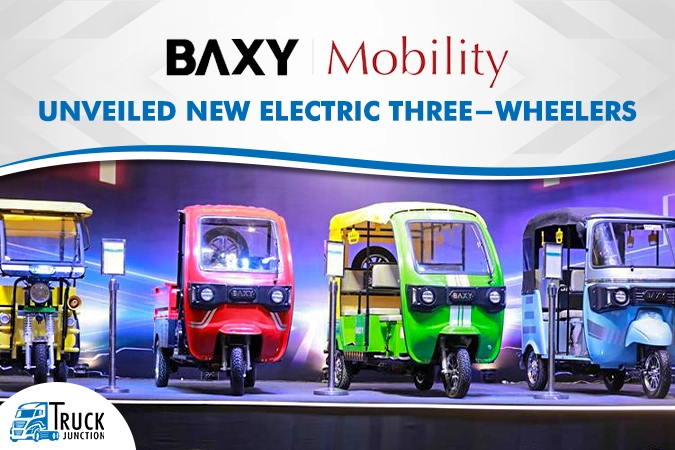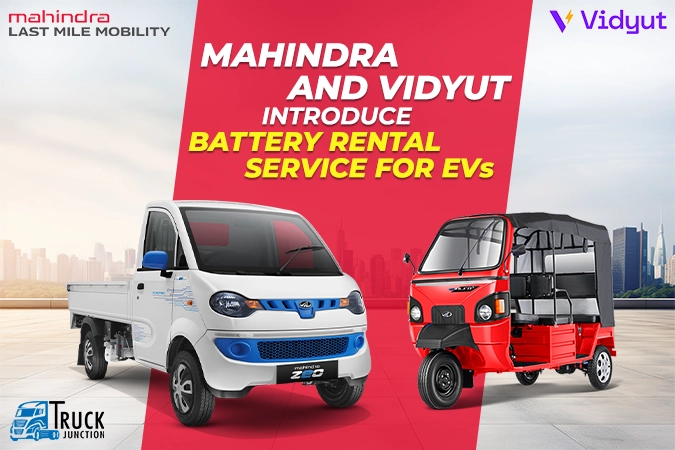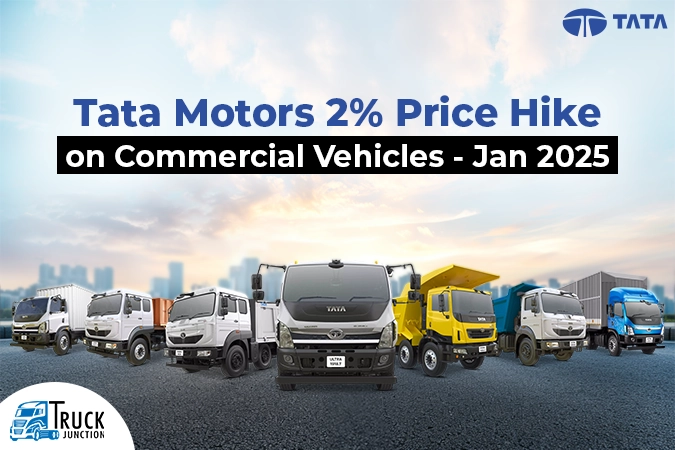Currently, one of the most innovative and technology bases Electric Vehicle manufacturers in India, Altigreen Propulsion Labs are, also depending on imports for some critical components like semiconductors and lithium cells, which are not manufactured in India. However, at the component and vehicle level, many of the components which are necessary for packaging production vehicles are possible to make in India.
Here is a conversation with the Co-Founder of Altigreen Propulsion Labs, Dr Amitabh Saran, to understand the brand has dealt with the limitations of material availability in India.
You have talked about designing critical components like motors, controllers, DC-DC chargers and batteries on several occasions.
Yes, and we continue to do it. Our brand strongly believes that true EVs require very tight integration with the components, which also includes a deep understanding of their behaviour in extreme cases. Altigreen has completed the backward integration of all the EV components, including making our own motors, VCU, telematics, software stack, gearbox, BMS, and battery pack.
We understand a high-power EV ecosystem demands reliable and efficient DC-DC power conversion. What are the key safety considerations when designing one?
He said DC-DC converters are low in power for the smaller format vehicles and are needed only for the 12V circuit. And he says that we have taken all the precautions beyond the standard over-voltage and over-current protections for safety. The batteries can meet all Indian road conditions - the IP67 rated, and high shock and vibration withstanding capability proven is actual torture tracks.
In addition, it can also withstand all Indian weather conditions and can work at 55° C ambient temperature without any external cooling, which results from proprietary PCB thermal design. It has an extremely rugged design that offers zero per cent failure over the years.
The brand has factored in first-in-segment features like the input disconnect switch assures the safety of 12V devices in the vehicle, inbuilt pre-charge and inrush control circuit. The practical features include PCB level and component level servicing possibilities. We are using component-level EMI/EMC systems duly given approval by ARAI.
For an energy-efficient and safe electric vehicle like the ones you make, the overall performance depends on several factors like temperature, operating voltage, percentage of rated power and other environmental conditions. How much of these are done at your end, and what is outsourced?
He said as almost all the components of the EVs are manufactured by them, the responsibility for performance and safety also falls on them. The mentioned factors are the starting point. The system gathers a lot more intelligence from each component, making fine-grained decisions to get the highest efficiency. The FOC-based models in MCU and AI/ML engines making informed decisions in the VCU help in this area.
The biggest concern with Lithium batteries that persists is the thermal management of electric vehicles and the risks associated with it. How are you addressing them?
On this, Dr Amitabh Saran said that the company is happy that the Government of India has proposed the new battery standards AIS156A (3), which can completely take safety to another level. The batteries from Altigreen are compliant with the standards, and all are certified. He said this is not the end for us. The brand strongly believes that the software running in the BMS has to be developed, keeping in mind all possible conditions that can emerge during road usage.
At the end of the day, the temperature sensor does its job. The actions that follow are based on the sensitivity of the BMS. Here is where the team's years of experience in building and testing Li-packs come into work.
When it comes to power electronic systems and the motor, why is thermal management so critical for these components? What are your main considerations and what technologies are being used to ensure peak performance and safety in the products?
It is very important that the small format vehicles need to developed without any hassle of liquid cooling. This has been the design criteria for all the altigreen components. Hence, thermal dissipation was introduced in the design itself versus an afterthought when system start failing. The brand completes a thousands of kilometres of on-road testing with instrumented vehicles to understand the thermal needs. The vehicles uses the material (Cu + insulation in motors, fins on motors, cooling of the controller without any forced airflow, material and thickness of heatsinks, PCB design to allow high temperature usage, and many more, were all an outcome of these design choices.
How do you design the battery pack with 100 per cent assurance about its safety?
The testing, retesting, breaking, redesigning and working on multiple iterations. The whole process takes time, and Altigreen has invested much time and effort in this. Significant work must be done on building the right BMS with proper hardware and software failure thresholds. One starts where the other ends. Dr Saran said the choice of cells is also very important and should be based on the use cause.
In your opinion, what are the battery chemistry options that could offer safer solutions?
These are the early days, but solid-state, sodium and aluminium will be the neutral choices. Each material has its own challenges in terms of maturity with for commercialisation, so all the bets are off on what we will pursue in the future. For the near term, the focus is on the Li-variants.
What are the key risks from imports from the point of safety in general and batteries in particular?
Dr Saran said India’s needs are unique for the commercial vehicles, especially the small format. The Heterogeneous low-speed traffic, 1.8x overloading, waterlogging, high ambient temperatures, potholes, and vehicle costs — are some of the examples. The new EVs have to be designed keeping all these points in mind. The imported materials which are matching the criteria are either very expensive or suffer in quality or poor performance on the road. However, for the batteries, It is imperative to pick cells that operate at high temperatures (expensive) and pack them such that vibrations are eliminated. Finally, the BMS is designed such that even the smallest nuances of cell misbehaving can be caught and action is taken to arrest it.
Are you looking to buy or sell a new truck or a used truck, get a truck loan, Select your truck according to category and other facilities at Truck Junction with just one click, and download the Truck Junction Mobile Application to know the latest news related to the truck industry.
Follow us for Latest Truck Industry Updates -
Facebook - https://bit.ly/TruckFB
Instagram - https://bit.ly/TruckInsta
Youtube - https://bit.ly/TruckYT
























